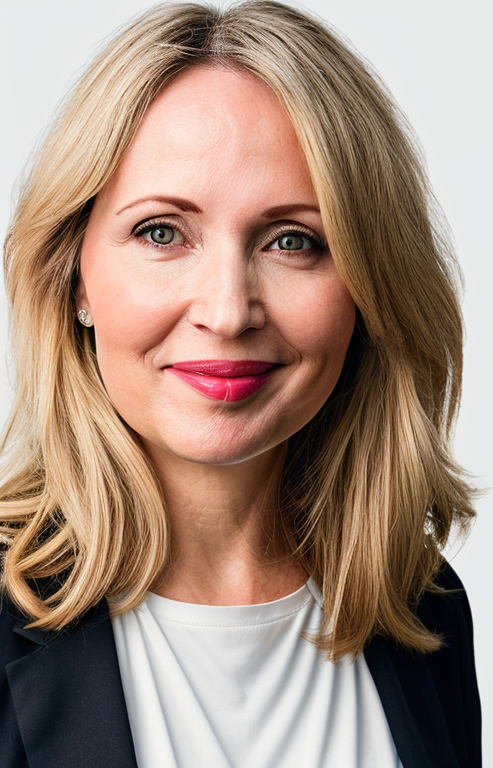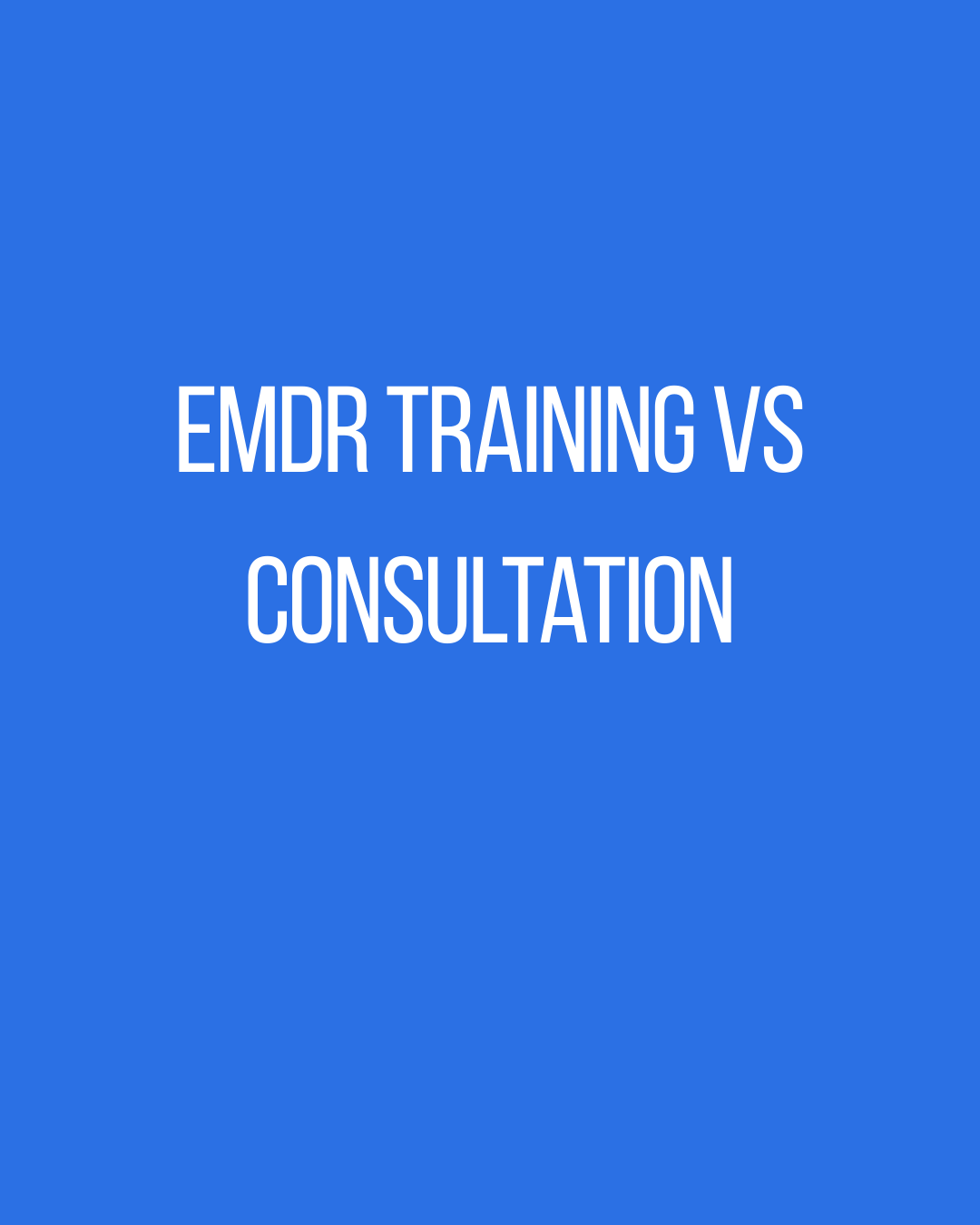Feelings: Why Naming, Owning, and Regulating Them Is the Heart of Healing
One of the most profound truths in trauma recovery is this: feelings aren’t the problem — how we understand and respond to them is.
Yet many of us never learned how to do that.
As children, we depended entirely on the adults around us to show us how emotions work. If those adults didn’t know how to recognize, name, and regulate their own feelings, we likely grew up without a map — and we’re still trying to navigate without one.
💔 What Happens When Feelings Go Unnamed
Children are naturally self-centred — not in a selfish way, but in a developmental way. A child’s brain isn’t wired yet to see the world from multiple perspectives. Everything that happens feels personal.
So if a parent rages, the child doesn’t think, “My parent is struggling with anger.”
They think, “I caused this. I’m bad.”
Even if that rage is directed at a sibling, the child often still believes it’s their fault. This is how shame and toxic self-blame are born — not from the child doing something wrong, but from them trying to make sense of a confusing emotional world with an underdeveloped brain.
The Two Roads of Unprocessed Feelings
When feelings go unmodelled and unregulated in childhood, we tend to choose one of two survival strategies as adults:
- We project outward.
We blame others for what we feel:- “You made me angry.”
- “If they hadn’t done that, I wouldn’t feel this way.”
This creates conflict and disconnection because we hand over responsibility for our inner world to someone else.
- We turn inward.
We blame ourselves, even when we’re not at fault:- “I’m too sensitive.”
- “I must deserve this.”
This often leads to self-criticism, self-harm, addiction, or chronic shame.
Neither path is truly our fault — they were coping mechanisms when we had no other options. But healing requires us to choose a third path.
Learning Emotional Responsibility in Recovery
Taking responsibility for our feelings doesn’t mean blaming ourselves for having them. It means understanding that we are the ones who must tend to them.
There’s a well-known saying in recovery circles:
“When you point a finger, there are three fingers pointing back at you.”
It’s a simple but powerful reminder: our feelings are ours to notice, name, and regulate. Others might trigger them, but they do not cause them. The work of healing is learning how to pause, turn inward, and ask:
- What am I actually feeling right now?
- Where does this feeling come from?
- How can I respond in a way that doesn’t hurt me or someone else?
This isn’t about blame — it’s about empowerment. When we stop outsourcing our emotional world, we reclaim agency over our lives.
Healing Is Hard — But Possible
If you grew up in a home where emotions were dangerous, dismissed, or explosive, learning to feel can be some of the hardest work you’ll ever do. But it’s also the most liberating.
Recovery doesn’t mean you’ll never feel anger, sadness, or fear again — it means you’ll know what to do with those feelings when they arise. And from that place of awareness and responsibility, you stop being controlled by your past and start creating a different future.
You are not broken. You just never got the manual. And the good news is — you can learn it now. Every breath, every pause, and every choice to feel instead of flee is a step toward emotional freedom.
.webp)
.svg)




